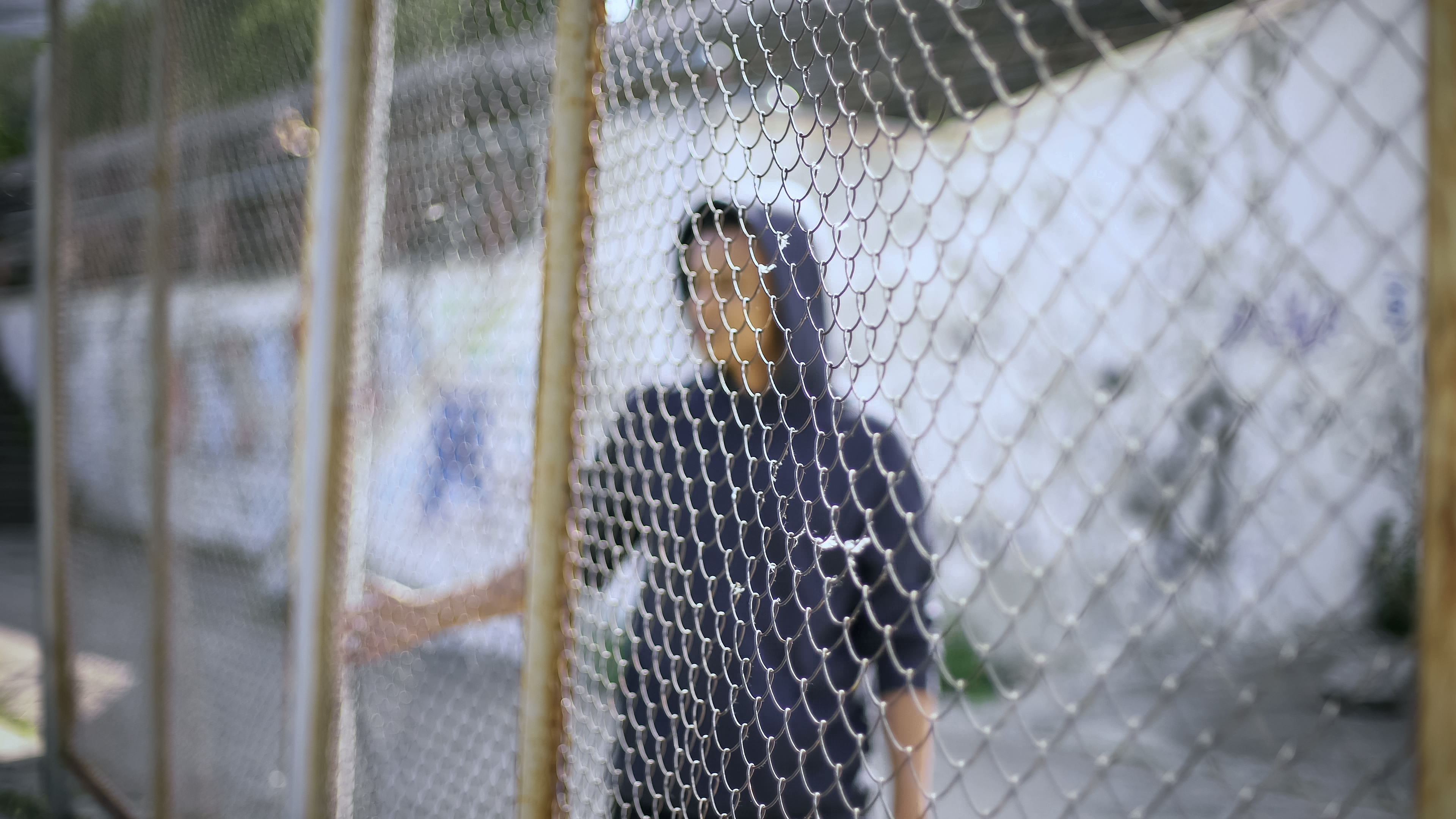Aggregated News

I. HOME
When Anar Sabit was in her twenties and living in Vancouver, she liked to tell her friends that people could control their own destinies. Her experience, she was sure, was proof enough.
She had come to Canada in 2014, a bright, confident immigrant from Kuytun, a small city west of the Gobi Desert, in a part of China that is tucked between Kazakhstan, Siberia, and Mongolia. “Kuytun” means “cold” in Mongolian; legend has it that Genghis Khan’s men, stationed there one frigid winter, shouted the word as they shivered. During Sabit’s childhood, the city was an underdeveloped colonial outpost in a contested region that locals called East Turkestan. The territory had been annexed by imperial China in the eighteenth century, but on two occasions it broke away, before Mao retook it, in the nineteen-forties. In Beijing, it was called New Frontier, or Xinjiang: an untamed borderland.
Growing up in this remote part of Asia, a child like Sabit, an ethnic Kazakh, could find the legacy of conquest all around her. Xinjiang is the size of Alaska, its borders...



